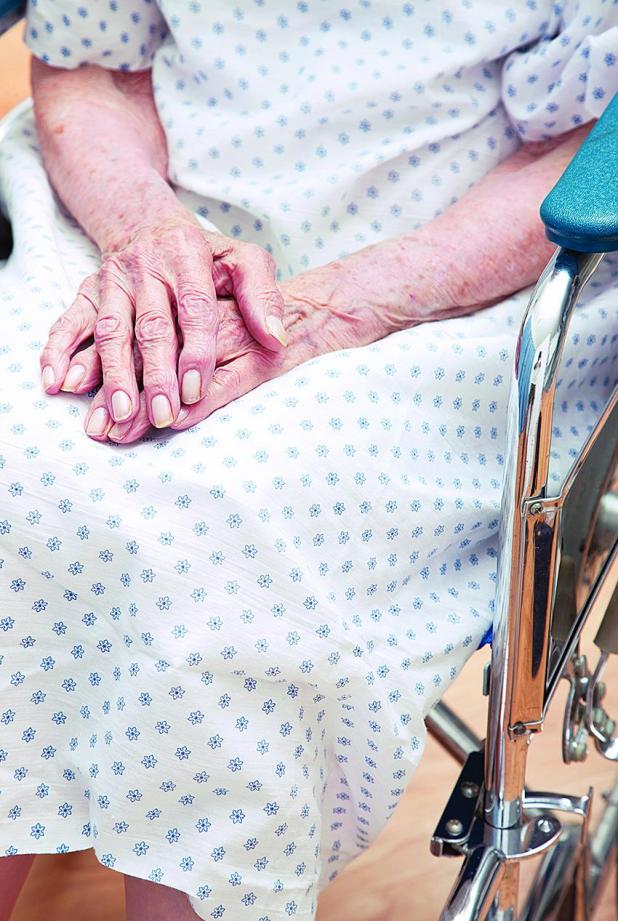
Risk of MRSA contraction is high among seniors
Bacteria are present all around us, and people and these microorganisms often live together without incident. In fact, there are many bacteria that are helpful to the body. However, there are times when bacteria can be problematic and pose serious health risks.
Methicillin-resistant Staphylococcus aureus, widely referred to as MRSA, is a Gram-positive coccal bacterium. Seniors are among the most susceptible to MRSA infection because their immune systems are not strong enough to fight off the illness.
MRSA is very common. According to the National Health Service, a United Kingdom-based healthcare system, as many as one in 30 people in the general population are carriers of the bacteria. MRSA is much more common in hospitals and nursing homes.
The health resource Geriatric Nursing says an average of one in four nursing home residents harbors the bacteria. A study published in the Journal of Infection showed that more than 40 percent of all cases of MRSA were in patients aged over 75. It is essential for any senior or family member caring for an older relative to familiarize himself with MRSA.
How is MRSA contracted?
MRSA often lives harmlessly on the skin, colonized in areas such as the nose, groin, buttocks or armpits. MRSA can be passed to another person simply by touching someone who has it, sharing linens or towels or touching surfaces with MRSA on them.
How does infection take root?
Oftentimes MRSA will not make a person ill because it is only on the skin and can be washed off with proper hygiene, or the immune system is strong enough to fight infection.
It is when MRSA enters the body that it can pose a problem. People staying in a hospital or a nursing home are at greater risk of MRSA infection because they often have a way for the bacteria to go deeper into the body. Sources include wounds, feeding tubes, urinary catheters or intravenous drips. Like-wise, being in close proximity with other people with a high risk for MRSA also increases contraction exponentially.
What are the symptoms of MRSA?
Symptoms of MRSA infections can include chronic wound, rash, headache, general malaise, chest pain, cough, shortness of breath, fatigue, chills or fever. In some instances, MRSA can produce a secondary illness of pneumonia.
How is MRSA treated?
Affected individuals will be placed in isolation and treated by a course of antibiotics. Sometimes it can take several rounds of antibiotics before treatment is effective.
According to experts at Queen Anne Healthcare, a Seattle-based longterm care facility, in serious cases it can take six weeks of antibiotics to produce negative MRSA cultures. Unfortunately, the Centers for Disease Control and Prevention notes that, in many health care facilities, a rise of drug-resistant infections is occurring, and more potent, less common antibiotics are needed.
According to the CDC, today about 63 percent of bacteria don’t respond to traditional antibiotics and MRSA in the elderly is becoming a growing problem. A combination of frequent use of antibiotics, a weakened immune system and living in a healthcare setting make seniors susceptible.
It is important to get the facts about MRSA so seniors can avoid infection and continue to be in good health.
